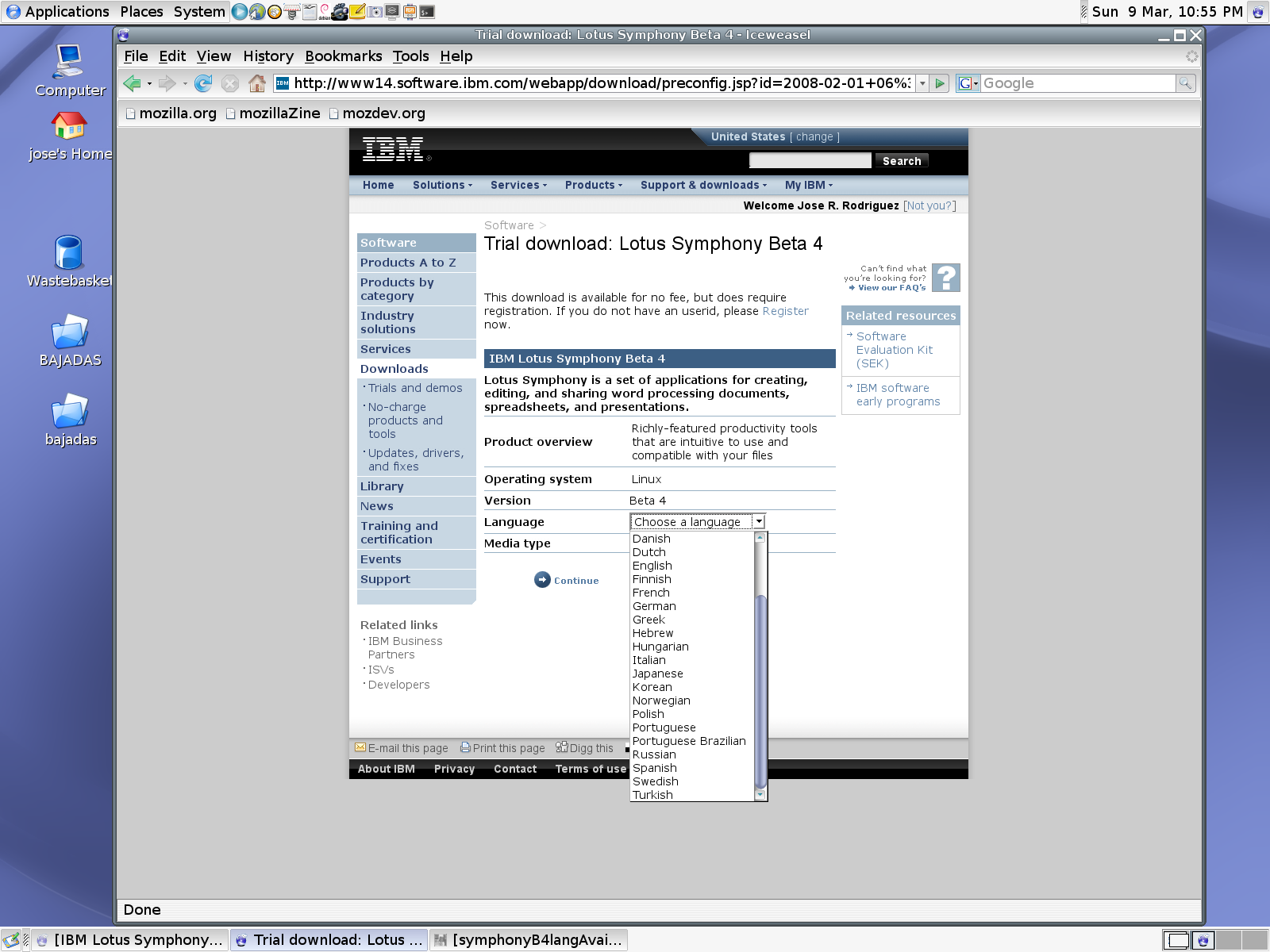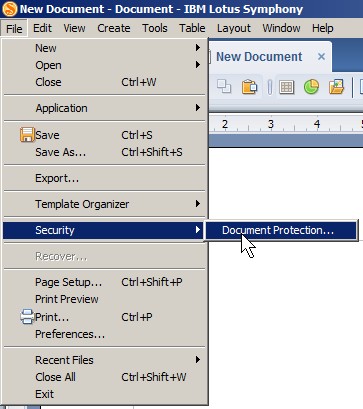
As such, it is OpenOffice that has the final shine and polish - and template and extension support - that Symphony lacks.
#Lotus symphony view software
IBM Lotus Symphony is the ignored stepbrother of OpenOffice, in that both are free, traditional software alternatives to MS Office, but that OpenOffice is the one that has been embraced by the open source community. For once, I think MS Office power users will be comfortable with an alternate app, as there was little that PowerPoint can do (aside from Sharepoint hook-ins) that Symphony couldn’t Except, of course, competently handle PowerPoint 2007 slideshows. A hefty clip-art library, multiple transitions, and 3D object generators were almost dizzying in their possibilities. That said, Symphony offered almost too many customization options when it came to building spreadsheets. It failed to properly convert our sample PowerPoint 2007 document, breaking some layers and graphs. Symphony was decidedly schizophrenic when it came to presentations. Symphony is a solid spreadsheet handler, but don’t expect it to displace Excel for your custom uses. What isn’t present are the SQL database hook-ins and pivot tables that MS Excel power users may depend on for heavy data-crunching. When we used Symphony to create basic spreadsheets, all the standard formulary functions were present, and in fact the sidebar system proved useful in dealing with multiple commands at once. No obvious function breakdowns or layout problems occurred. Despite warning of conversion errors, Symphony handled the Dungeons & Dragons 4 th Edition multipage autocompleting character sheet with ease. Symphony passed my personal hurdle, but it didn’t exactly leap over it.Īs I do with every new spreadsheet, I threw the most complicate, graphics-laden, macro-and-formula-infested file I could find at it to see how it held up. While I could accomplish most of the same power-tricks that I regularly use in Word, Symphony made me jump through more arcane hoops to get there. Like OpenOffice, Symphony honors a list of regular expressions that let you create complex find/replace command strings. My personal acid test for word processors is the ability to use the find/replace function to making formatting changes. Robust functions that aren’t found in most Web-based apps – like mail merge – are present and usable, though not spectacular. For example, Symphony has a very solid spellchecker but no grammar-checker or thesaurus. Lotus Symphony presents a document interface very similar to a MS Word 2003, though there are just enough quirks to give Word power users pause. They’re a good idea in principle, but I had trouble finding a practical application for them. For example, you could write a widget that reformatted addresses on the fly.

Widgets are somewhat like Google Gadgets crossed with MS Office Macros, in that they can analyze data in your documents and process them in the sidebar. An online user wiki is your best source of help information, and you can link directly to document templates, plug-ins and widgets from the Symphony Web site. Web connectivity is nonetheless quite essential to Symphony, even though it’s conventional software and not a Web app. The tab system also has the advantage of letting you toggle between multiple docs and sheets easily, though I recommend not doing the same with the extremely poor built-in browser.

This is handy, but opening too many sidebars can crowd out the actual document.

When you open a specific tool set, it often generates a sidebar or menu-bar that stays onscreen until you close it. Each of these tabs shares a standard menu layout, which means commands don’t move around like they do in the current MS Office ribbon interface. Lotus Symphony 1.3 looks and feels like a recent generation Web browser – in fact, it has a somewhat feature-crippled Web browser built in – in that it employs a tabbed interface for its applications.Įssentially, Symphony lets you open a new spreadsheet, presentation, or document just like you’d open a new tab in Google Chrome or Firefox. Like most office suites, Symphony includes a word processor, spreadsheet and presentation program, but it integrates them in a somewhat unusual fashion.
#Lotus symphony view code
Symphony shares some ancestry with OpenOffice - it’s based on OpenOffice 1.1.4 source code - but the two products diverged several iterations ago.


 0 kommentar(er)
0 kommentar(er)
